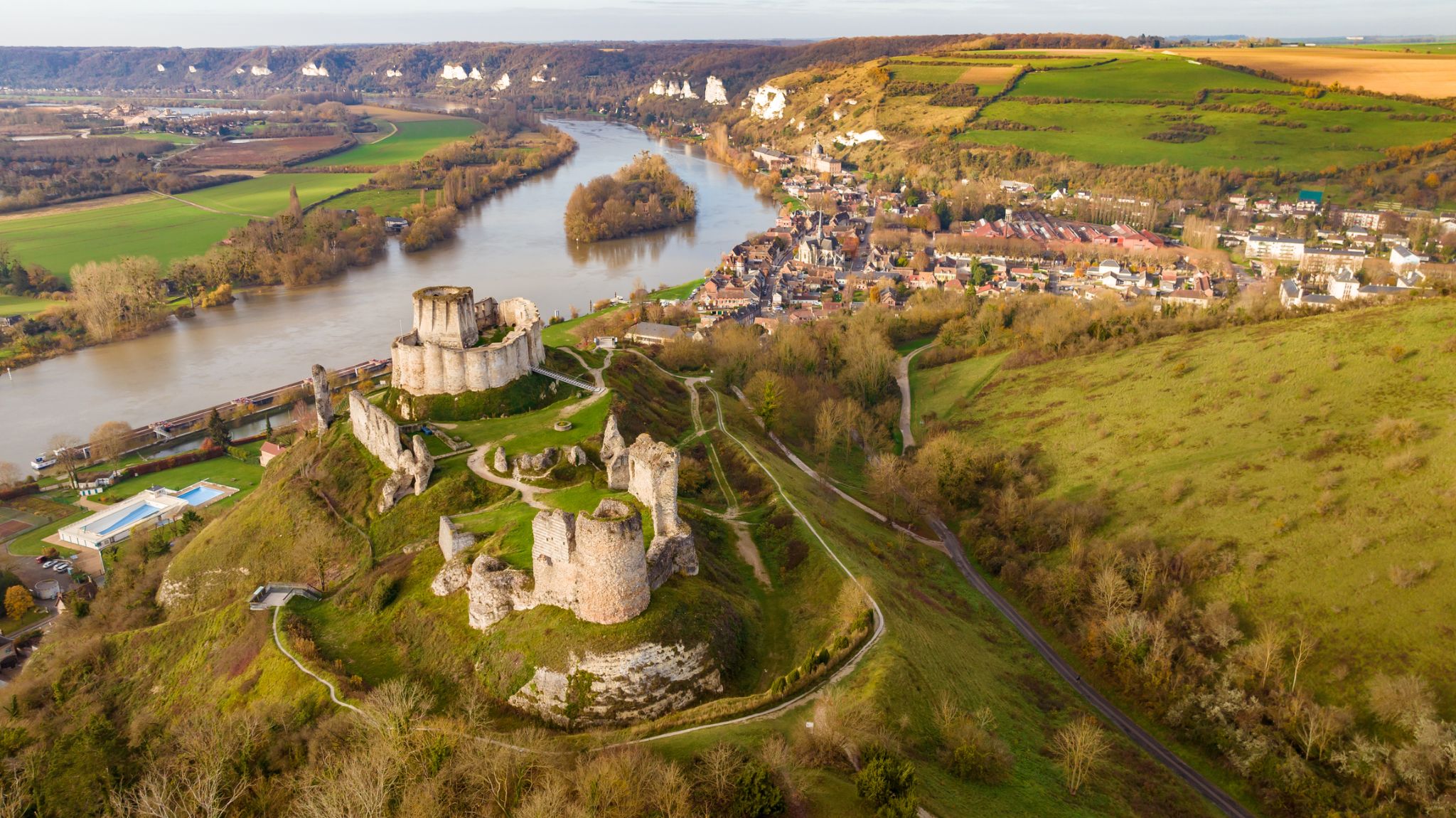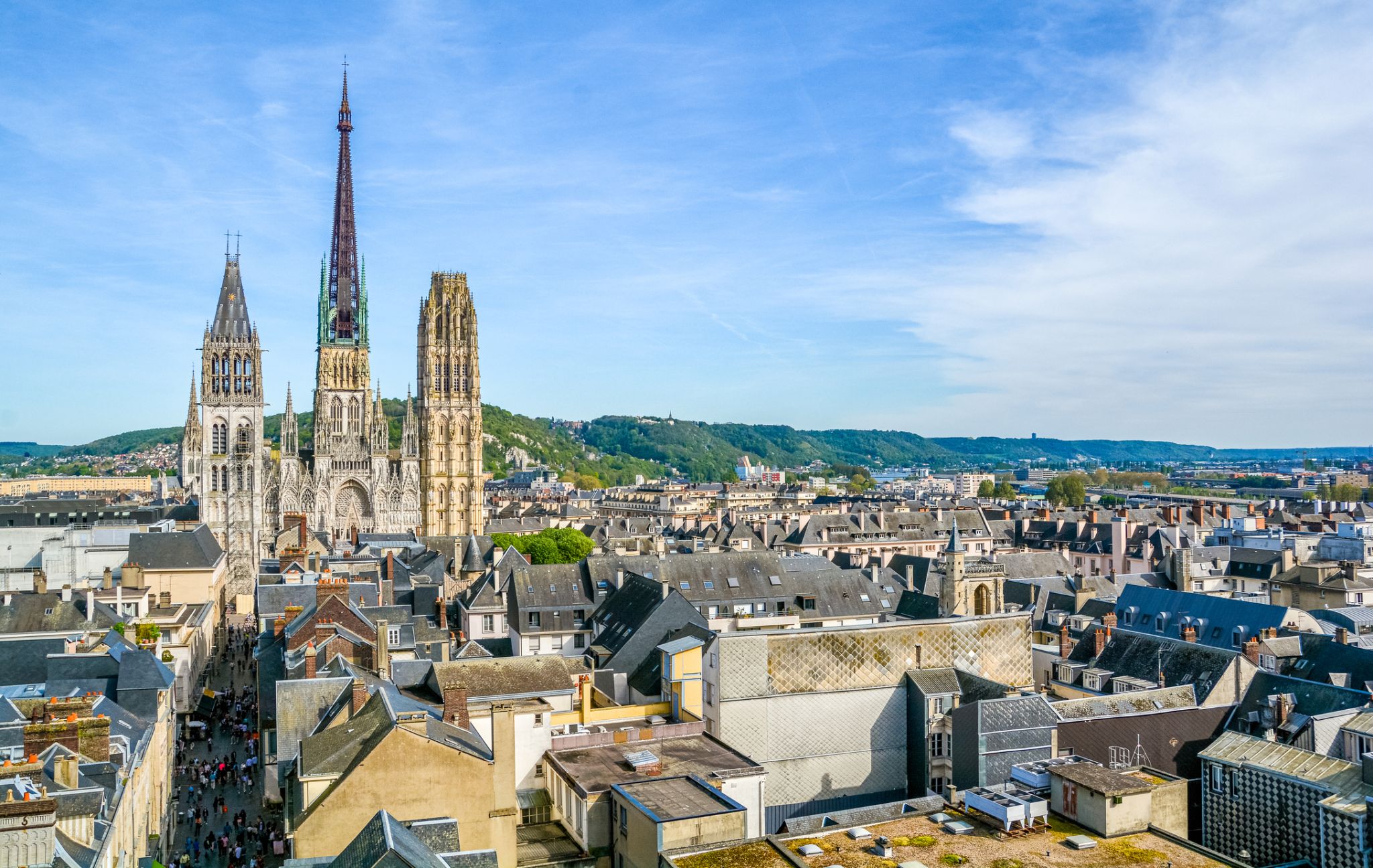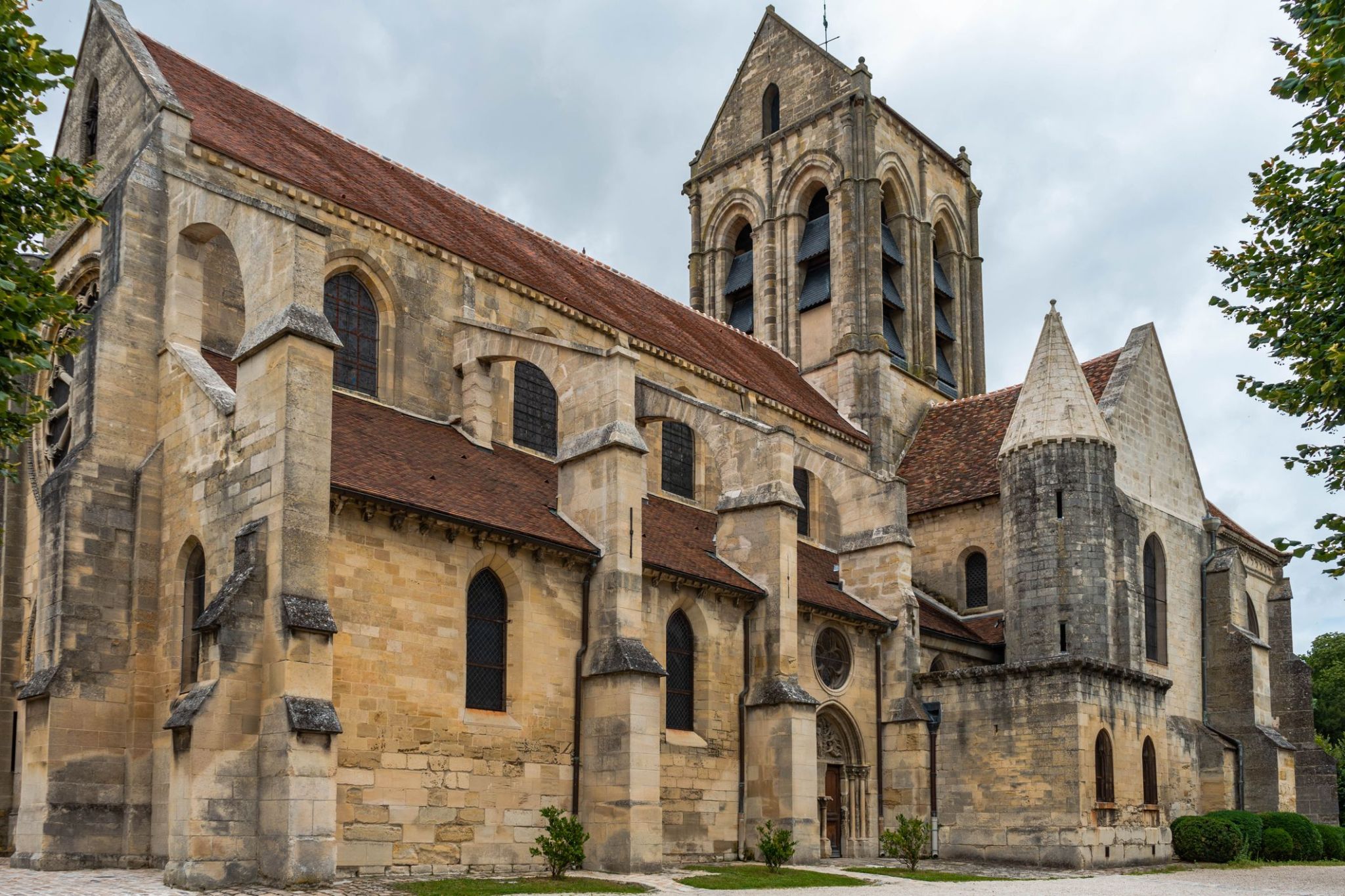

| Region rejsu : Europa |
| Firma : Viva Cruises |
| Statek : VIVA BEYOND |
| Data rozpoczęcia : niedz. 27 gru 2026 |
| Data zakończenia : sob. 02 sty 2027 |
| Liczba nocy : 6 nocy |
| Dzień | Data | Port | Wypłynięcie | Odpłynięcie |
|---|---|---|---|---|
| 1 | 27.12 niedz. | Paryż / Francja | 17:00 | |
| 2 | 28.12 pon. | Les Andelys / Francja | 07:30 | 13:30 |
| 2 | 28.12 pon. | Rouen / Francja | 18:30 | |
| 3 | 29.12 wt. | Rouen / Francja | 18:00 | |
| 4 | 30.12 śr. | Auvers-sur-Oise / Francja | 07:00 | 14:00 |
| 4 | 30.12 śr. | Paryż / Francja | 20:30 | |
| 5 | 31.12 czw. | Paryż / Francja | ||
| 6 | 1.01 pt. | Paryż / Francja | ||
| 7 | 2.01 sob. | Paryż / Francja |
VIVA All-Inclusive
Śniadanie, obiad, kolacja
Pełne wyżywienie: śniadanie w formie bufetu, obiad i kolacja (menu gourmet serwowane do stolika) oraz przekąski. Swobodny wybór stolika i elastyczne godziny posiłków.
Napoje przez cały dzień
Gorące i zimne napoje bezalkoholowe oraz wybór napojów alkoholowych. Szczegóły w menu baru.
Podwieczorek
Raz na rejs: słodkie i słone przekąski — bułeczki, kanapki, babeczki, czekoladki, makaroniki. Różnorodne herbaty w cenie.
Napój powitalny
Ciepłe powitanie lampką szampana — gwarancja wspaniałego pobytu na pokładzie.
Produkty kosmetyczne RITUALS
Wybrane produkty do pielęgnacji i relaksu.
Minibar i butelka na wodę
Codziennie uzupełniany minibar i butelka wielokrotnego użytku w kabinie.
Wi-Fi na pokładzie
Bezpłatny i stabilny internet dla komfortowego korzystania.
Napiwki wliczone w cenę
Wszystkie usługi dla załogi są wliczone w cenę.
Płatność
Wymagany jest 30% depozyt w momencie rezerwacji.
Ostateczna płatność musi zostać dokonana najpóźniej 60 dni przed rozpoczęciem rejsu.
Anulowanie
Powyżej 120 dni przed rozpoczęciem rejsu – 10% całkowitego kosztu.
119–90 dni – 20%.
89–30 dni – 40%.
29–15 dni – 60%.
14–1 dzień – 80%.
W dniu rozpoczęcia rejsu – 100%.
Zmiana rezerwacji
Zmiany w rezerwacji są możliwe najpóźniej na 90 dni przed rozpoczęciem rejsu.
Opłata – 50 EUR za osobę.
Zamiana pasażera
Dozwolona najpóźniej na 9 dni przed rozpoczęciem rejsu.
Opłata – 50 EUR.

the capital of France, on the Seine River; population 2,203,817 (2006). Paris was held by the Romans, who called it Lutetia, and by the Franks, and was established as the capital in 987 under Hugh Capet. It was organized into three parts—the Île de la Cité (an island in the Seine), the Right Bank, and the Left Bank—during the reign of Philippe-Auguste 1180–1223. The city's neoclassical architecture dates from the modernization of the Napoleonic era, which continued under Napoleon III, when the bridges and boulevards of the modern city were built.

Les Andelys – miejscowość i gmina we Francji, w regionie Normandia, w departamencie Eure, położona nad wschodnim (prawym) brzegiem Sekwany.

Rouen jest miastem nad Sekwaną w północnej Francji. Jest stolicą regionu Normandia. Niegdyś jedno z największych i najbogatszych miast średniowiecznej Europy, Rouen było siedzibą Skarbu Normandii w średniowieczu. Było jedną ze stolic dynastii anglonormańskich, które rządziły Anglią i znacznymi częściami współczesnej Francji od XI do XV wieku.
Populacja obszaru metropolitalnego (po francusku: agglomération) według spisu z 2011 roku wynosiła 655 013, a szacunkowa populacja samego miasta to 111 557. Mieszkańcy Rouen są znani jako Rouennais.

Rouen jest miastem nad Sekwaną w północnej Francji. Jest stolicą regionu Normandia. Niegdyś jedno z największych i najbogatszych miast średniowiecznej Europy, Rouen było siedzibą Skarbu Normandii w średniowieczu. Było jedną ze stolic dynastii anglonormańskich, które rządziły Anglią i znacznymi częściami współczesnej Francji od XI do XV wieku.
Populacja obszaru metropolitalnego (po francusku: agglomération) według spisu z 2011 roku wynosiła 655 013, a szacunkowa populacja samego miasta to 111 557. Mieszkańcy Rouen są znani jako Rouennais.


the capital of France, on the Seine River; population 2,203,817 (2006). Paris was held by the Romans, who called it Lutetia, and by the Franks, and was established as the capital in 987 under Hugh Capet. It was organized into three parts—the Île de la Cité (an island in the Seine), the Right Bank, and the Left Bank—during the reign of Philippe-Auguste 1180–1223. The city's neoclassical architecture dates from the modernization of the Napoleonic era, which continued under Napoleon III, when the bridges and boulevards of the modern city were built.

the capital of France, on the Seine River; population 2,203,817 (2006). Paris was held by the Romans, who called it Lutetia, and by the Franks, and was established as the capital in 987 under Hugh Capet. It was organized into three parts—the Île de la Cité (an island in the Seine), the Right Bank, and the Left Bank—during the reign of Philippe-Auguste 1180–1223. The city's neoclassical architecture dates from the modernization of the Napoleonic era, which continued under Napoleon III, when the bridges and boulevards of the modern city were built.

the capital of France, on the Seine River; population 2,203,817 (2006). Paris was held by the Romans, who called it Lutetia, and by the Franks, and was established as the capital in 987 under Hugh Capet. It was organized into three parts—the Île de la Cité (an island in the Seine), the Right Bank, and the Left Bank—during the reign of Philippe-Auguste 1180–1223. The city's neoclassical architecture dates from the modernization of the Napoleonic era, which continued under Napoleon III, when the bridges and boulevards of the modern city were built.

the capital of France, on the Seine River; population 2,203,817 (2006). Paris was held by the Romans, who called it Lutetia, and by the Franks, and was established as the capital in 987 under Hugh Capet. It was organized into three parts—the Île de la Cité (an island in the Seine), the Right Bank, and the Left Bank—during the reign of Philippe-Auguste 1180–1223. The city's neoclassical architecture dates from the modernization of the Napoleonic era, which continued under Napoleon III, when the bridges and boulevards of the modern city were built.